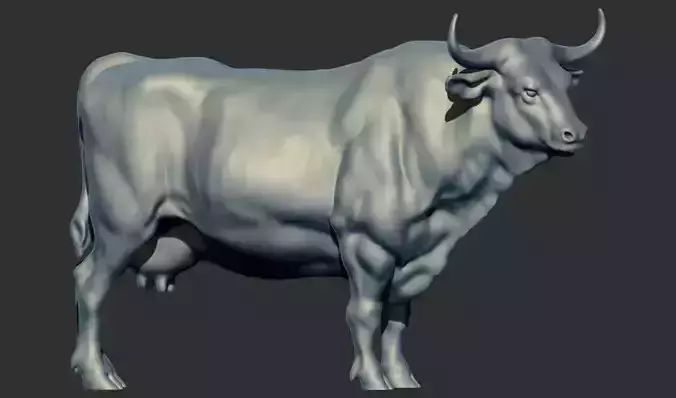1/8
Cow 3D print model
Cattle (Bos taurus) are sizable, domesticated members of the bovid family, extensively raised as livestock. They represent significant contemporary representatives of the subfamily Bovinae and are the most prevalent species within the genus Bos. Adult female cattle are referred to as cows, while adult males are known as bulls. Young females are termed heifers, young males are called oxen or bullocks, and castrated males are designated as steers.
These animals are primarily raised for their meat, dairy products, and leather. Additionally, they serve as draft animals, assisting in the transportation of carts and agricultural tools. In India, cattle hold sacred status in Hinduism, leading to prohibitions against their slaughter. Smaller breeds, such as the miniature Zebu, are also kept as companion animals.
Taurine cattle are extensively found throughout Europe and temperate regions of Asia, the Americas, and Australia. Zebus predominantly inhabit India and tropical regions of Asia, America, and Australia, while Sanga cattle are mainly located in sub-Saharan Africa. These varieties, sometimes categorized as distinct species or subspecies, encompass over 1,000 recognized breeds.
Approximately 10,500 years ago, taurine cattle were domesticated from wild aurochs in central Anatolia, the Levant, and western Iran. A separate domestication process occurred in the Indian subcontinent, leading to the emergence of zebu. By 2022, the global cattle population exceeded 940 million. Cattle contribute to roughly 7% of worldwide greenhouse gas emissions and were among the first domesticated species to have their genome fully sequenced.
REVIEWS & COMMENTS
accuracy, and usability.








